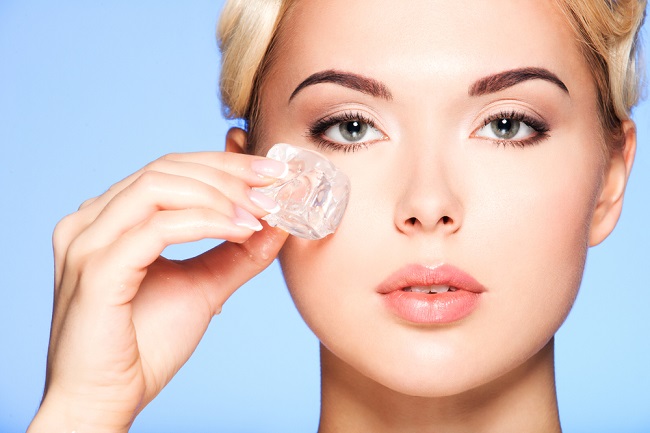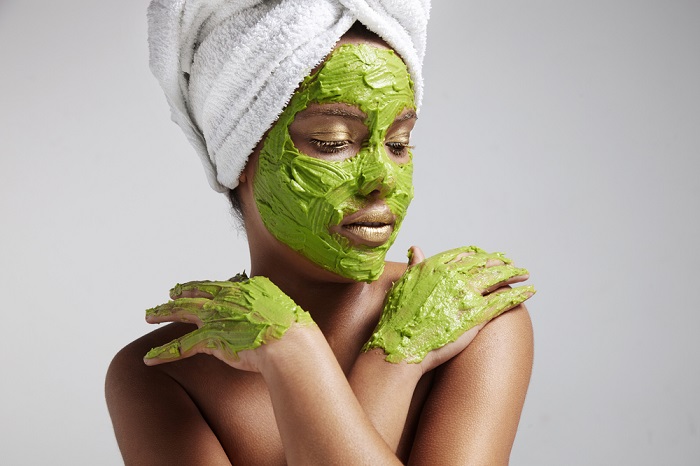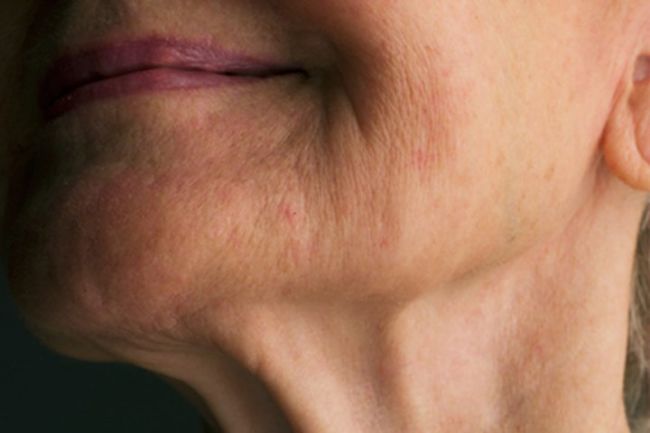The skin, referred to as the tegumentary system, is the body’s first line of defense. It establishes a barrier between the environment and the body fluids, muscles, organs and tissues that make up the human body. Because she is exposed and constantly attacked by rubbing, rubbing and laceration, skin infections are one of the main causes of medical consultation worldwide.

Causes of skin infections
The skin is inhabited by billions of groups of bacteria that live in it in perfect harmony. However, any alteration in the number of one of these bacterial groups, or a rupture in the outer layers, can cause bacteria that were in harmony to grow and reproduce infecting the area.
Similarly, harmful and dangerous bacteria can be collected on contact with a contaminated surface or object, which will take advantage of any wound to infect the area.
Types of skin infections
Depending on the type of microorganism that infects the cells of the dermis, infections can be classified into three groups.
1. Bacterial skin infections
They are all infections that are caused by the growth of one or more kinds of bacteria in any of the three layers of the dermis.
These represent the largest number of reported cases; the causative bacteria are usually staphylococci and streptococci.
2. Fungal or fungal infections of the skin
They are all infections caused by fungi and spores, which invade and multiply.
3. Viral skin infections
Viruses also penetrate the cells of the dermis and cause infections.
How do bacterial skin infections manifest?
The mode of presentation of bacterial infections of the dermis, usually begins as a redness and increase in volume of the affected area, followed by increase in temperature and pain. If they are not treated properly, their extensions will increase and can generate abscesses and if they persist, an affectation of the whole organism, called sepsis.
What are the most common bacterial skin infections?
Inflammation and increase in volume, produced by an accumulation of pus, which is caused by destruction of the tissue of the compromised area.
It is the infection of the outermost layer of the dermis called epidermis, this is highly contagious and usually occurs more frequently in children between 2 and 5 years, it is associated with inadequate personal hygiene.
It is similar to the impetigo, but bacteria invade the two outer layers of the dermis, called the epidermis and dermis respectively. In other words, the infection deepens in the tissues.
As the name implies, it involves bacterial infection of several hair follicles (where body hair or skin hair is born).
Foruncles
It is the infection of a hair follicle that obstructs the sebaceous gland, causes a marked increase in volume or swelling by accumulation of pus within it.
It is the infection of more than two pilosebaceous follicles and apocryneal glands, or in a nutshell, it means that they are several contiguous or neighboring boils.
It is considered a superficial cellulite, that is, it is the infection of the outermost layer called epidermis.
Cellulitis
Infection of the deeper layers called hypodermis, fast-advancing when not treated properly.
Paronychia
Infection of the skin fold (region of skin between the nail and its bed or edges) of the nail that causes an abscess in the area.
Natural Treatments for Skin Infections
Depending on several factors, such as: what the cause is, the immune status of the person, and that as soon as treatment is started, it is possible that natural treatments or folk remedies, can cure skin infections. The most popular and most successful remedies are:
Baking soda
The ability of bicarbonate to destroy some bacteria is frequently employed. A mixture of a tablespoon of baking soda with a tablespoon of water is made, mixing them until creating a paste, and then this is applied on the dermal lesions, with good results.
Lemon and vinegar
Lemon and vinegar have the ability to destroy certain bacteria when these are applied to the affected area, however, the possibility of causing irritation or damage to the dermis is high, since both products are abrasive and can produce dermatitis.
Onion
There are anecdotal reports of the use of raw onions on dermal lesions with good results on some infectious skin diseases.
Once you think you have a skin infection, and it has grown in size, becomes painful, or causes discomfort, the first thing you should do is visit your health care provider, who will diagnose and treat you appropriately.










